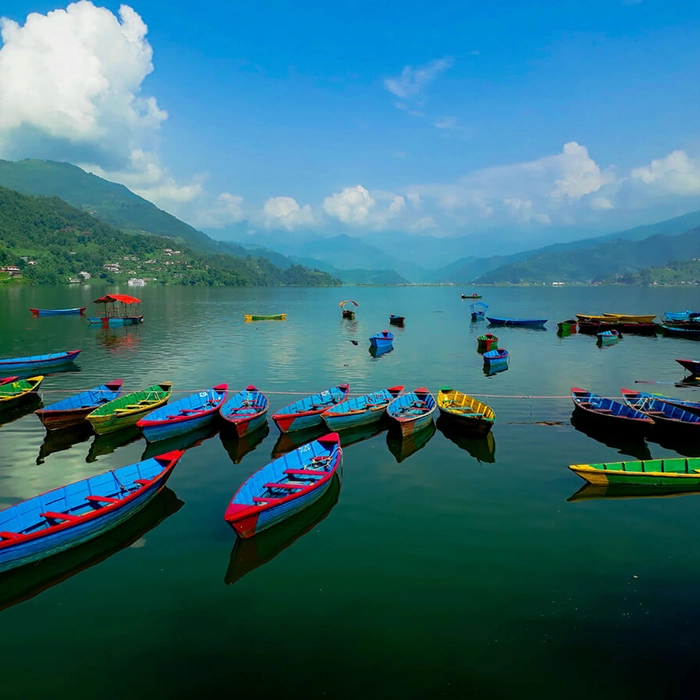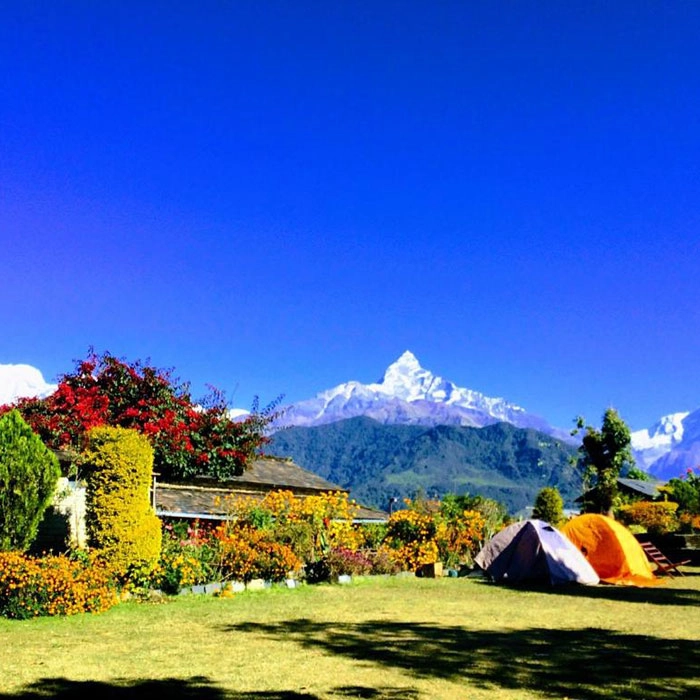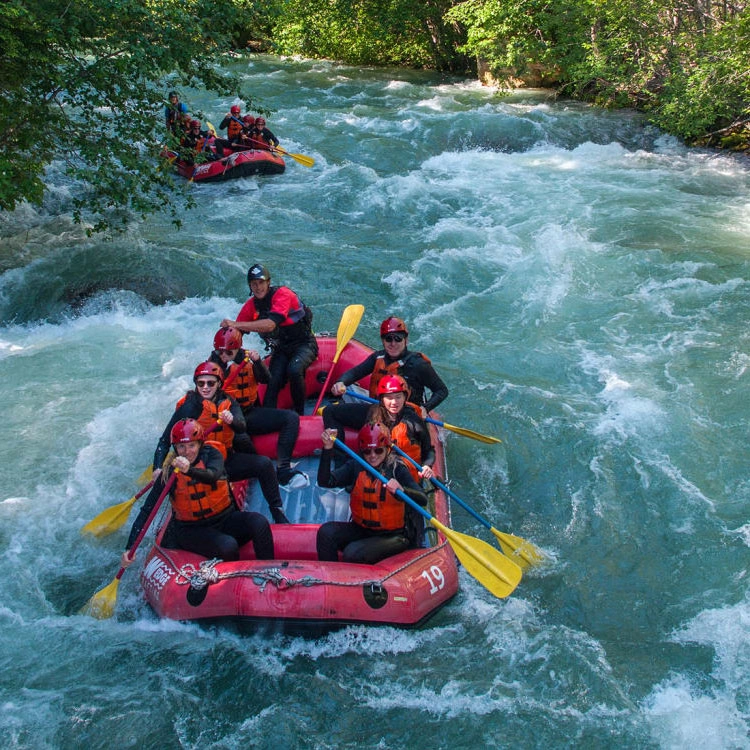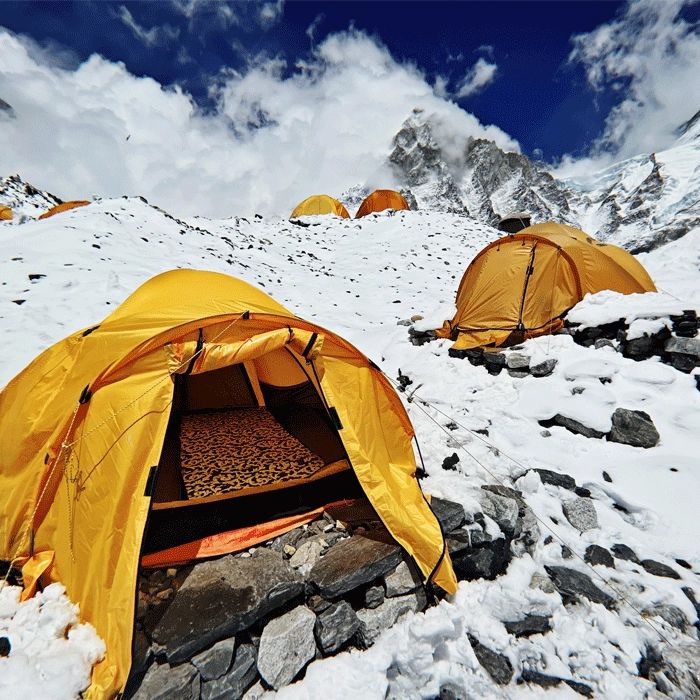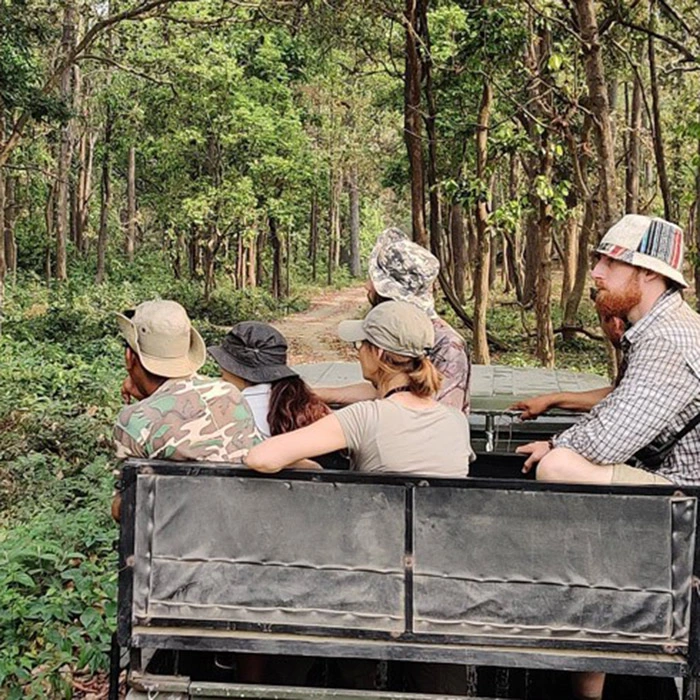Explore the majestic Kanchenjunga region—an area rich in cultural heritage and dramatic Himalayan landscapes. Perfect for seasoned hikers, this trek offers an adventurous journey through the secluded and less-traveled trails of eastern Nepal. Mount Kanchenjunga, standing at 8,586 meters, is the world’s third-highest mountain and straddles the border between Nepal and India's Sikkim. “Kanchenjunga,” derived from Tibetan, means “Five Treasures of the Snow,” symbolizing the five majestic peaks that rise prominently within the eastern Himalayan range. Renowned for both its staggering height and spiritual significance, Kanchenjunga remains one of the most revered peaks in the Himalayas.
The Kanchenjunga Base Camp Trek takes you on a remarkable journey through some of Nepal’s most varied terrain—starting from the subtropical lowlands and rising through dense forests, high alpine meadows, glacial valleys, and ultimately to the base of the majestic Kanchenjunga massif. Throughout the trek, adventurers experience stunning panoramas, diverse wildlife, and genuine interactions with local mountain communities.
This trek begins by following the Lumba Sumba Pass route, a relatively new trail that initially overlaps with the traditional Kanchenjunga Base Camp route before diverging northward. This extension offers trekkers a fresh perspective on the region, blending adventure with cultural exploration.
Expect dramatic transitions in landscape as you move through pristine forests filled with rhododendron and bamboo, open yak pastures, and rugged high-altitude zones. The trail passes through ancient monasteries, remote mountain villages, and offers opportunities to witness vibrant local festivals. The Kanchenjunga Conservation Area is home to unique flora and fauna, including endangered species like the red panda and snow leopard, adding an extra layer of ecological significance to the trek.
Due to its designation as a Restricted Area, special trekking permits are required to enter the Kanchenjunga region. These permits are part of conservation efforts to protect both the environment and the cultural traditions of the indigenous communities. Highlights of the trek include visits to Pangpema and Ramtang Gompas—sacred Buddhist monasteries that provide insight into local spiritual life—and memorable interactions with the Limbu and Rai ethnic groups who inhabit the region.
The best time to undertake the Kanchenjunga Base Camp Trek is during spring (March to May) and autumn (September to November), when the weather is stable, and clear skies offer the best visibility of the mountain range. During these seasons, trails are dry, temperatures are moderate, and the views of snow-clad peaks like Kanchenjunga, Jannu, and Kabru are truly unforgettable.
Kanchenjunga Base Camp Trek Difficulty
The Kanchenjunga Base Camp Trek is known as one of the most challenging treks in Nepal, making it perfect for experienced trekkers who are seeking a more remote and rugged adventure. The trail takes you deep into the eastern Himalayas, with daily hikes of 6–8 hours across steep, rocky terrain and isolated mountain paths. The trek reaches high elevations above 5,000 meters (16,400+ ft), demanding excellent physical fitness, stamina, and acclimatization. Limited infrastructure, unpredictable weather, and the remoteness of the region add to the difficulty. While no technical climbing is required, the Kanchenjunga trek is best suited for those with prior high-altitude trekking experience and a strong sense of adventure.
Kanchenjunga Base Camp Trek Cost
The Kanchenjunga Base Camp Trek is a remote and restricted-region trek, and its cost reflects the special permits and logistical support required. The price typically includes a licensed guide, restricted area permits, Kanchenjunga Conservation Area entry, porter support, teahouse or camping accommodations, all meals during the trek, and transportation to and from the trailhead (often involving domestic flights and long overland drives).
Solo trekkers benefit from full support, while group travelers enjoy discounted rates, with the per-person cost decreasing as group size increases.
We also offer special pricing during off-peak seasons and for custom itineraries. While our website displays general global pricing, we encourage travelers to contact us directly for private group bookings to receive a custom quote. We are committed to delivering the best value with the highest quality of service, ensuring your Kanchenjunga Base Camp adventure is both seamless and unforgettable.










 Overviews
Overviews
 Trip Overview
Trip Overview
 Travel Itinerary
Travel Itinerary
 Cost Include
Cost Include
 Cost Exclude
Cost Exclude
 Fixed Departure
Fixed Departure
 Route Map
Route Map

 Freqeuntly Asked Questions
Freqeuntly Asked Questions
 Reviews And Rating
Reviews And Rating
